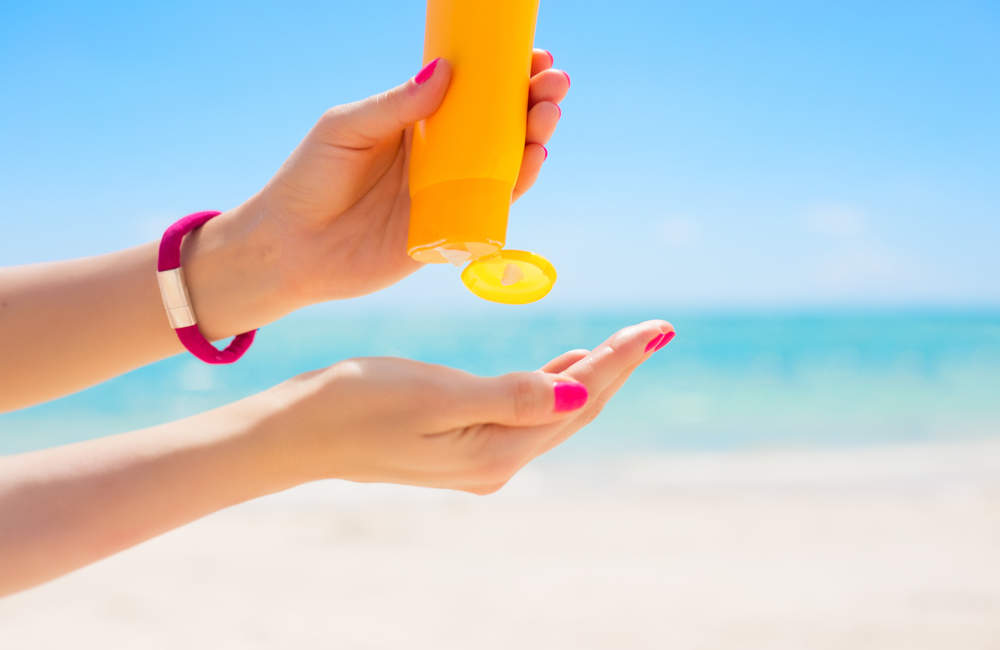
Failing to apply moisturiser with SPF (Sun Protection Factor) and sunscreen properly to the face in particular the eyes could be putting people at risk of skin cancer. Researchers found difference in the way people applied sunscreen and SPF moisturiser. More skin is missed with moisturiser, the eyelids in particular, where the skin is more thin and more vulnerable to cancer.
Sunglasses with UV filters can help protect missed areas. Many moisturisers contain SPF OF 30-50 this is a similar level to sunscreen however, they should not be used to replace sunscreen. The research team of this study at the University of Liverpool studied how 84 people (62 women and 22 men) put on both moisturiser and sunscreen, then took photos with a UV-sensitive camera showing how well they had covered their faces. It showed that 17% of the face was missed with SPF moisturiser where as only 11% with sunscreen. There also was 21% less coverage of the area around the eyelids with moisturiser and 14% with sunscreen. These are the areas which are vulnerable to skin cancer but many are not aware that they did not cover them.
Austin McCormick, study author and consultant ophthalmic and oculoplastic surgeon, from Aintree University Hospital Trust said: “The eyelid skin is very thin and this puts it at risk of UV damage,”
“The area around the eyelashes and between the eyelids and the nose is least likely to be covered.”
Mr McCormick said that the eyelid cancer is accounted for 10% of all basal cell carcinomas in the UK, this is the most common skin cancer.
Moisturisers with SPF are less likely to be rub-resistant and water resistant if applied thinly.
Sunscreens is necessary when spending half an hour or more in the sunshine and in summer it should be applied if you will be out in the sun to protect you from UV. Sunscreen will protect you from developing skin cancer and allow you to out in sun without worrying; it will protect you from two harmful rays which are UV and UVB.